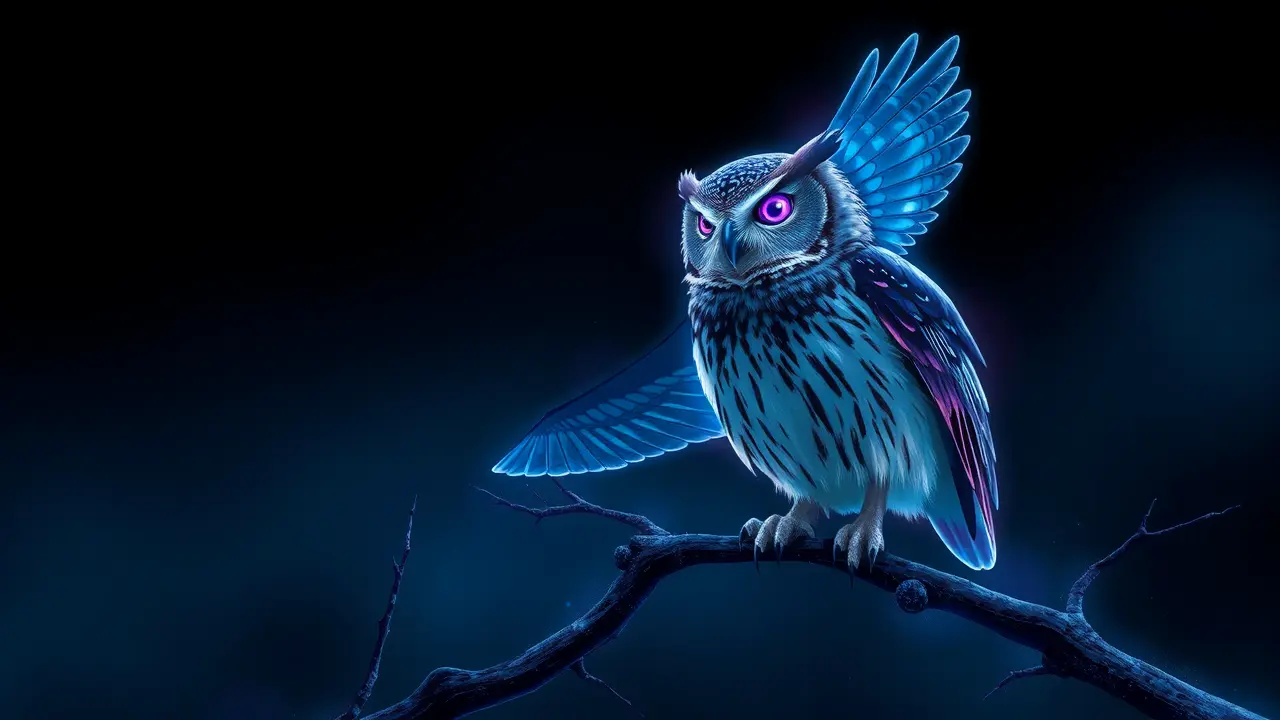
SciencebiologyEvolution and Ecology
Environmental Group Warns Hong Kong Photographers Disturbing Owl
RA
Rachel Adams
6 hours ago7 min read
The recent spectacle surrounding a migratory northern boobook owl in Hong Kong has exposed a troubling intersection between wildlife appreciation and human intrusion, a conflict that echoes through conservation circles with increasing urgency. This particular owl, a species that typically uses Hong Kong as a temporary refuge during its arduous spring and autumn migrations, found itself transformed from a weary traveler into an unwilling photo subject, its daytime rest shattered by a throng of photographers whose actions were captured in a damning viral video.In the footage, the nocturnal bird, biologically programmed for daytime slumber, is visibly stressed as individuals mimic owl hoots and audibly taunt it for its natural state of sleepiness, a blatant disruption that speaks to a profound disregard for animal welfare. This incident is not an isolated one; from the snow-covered habitats of Hokkaido where swans are baited with food for perfect shots, to the tropical forests of Costa Rica where nesting birds are flushed from their homes, the global phenomenon of 'photographer persecution' represents a significant and growing threat to vulnerable species.The northern boobook, like many migratory birds, operates on a razor's edge of energy conservation; every moment of disturbed rest depletes the crucial fat reserves needed to complete its epic journey across national borders, potentially leading to exhaustion, failed migration, and population decline. Environmental groups in Hong Kong, such as the Hong Kong Bird Watching Society, have long campaigned for ethical wildlife photography guidelines, advocating for the use of long lenses to maintain a respectful distance and emphasizing the importance of observing without altering an animal's natural behavior.The core issue lies in a cultural shift where the pursuit of a dramatic, social-media-ready image has begun to overshadow the fundamental principles of conservation and respect, turning living creatures into mere props for human vanity. The consequences extend beyond the individual animal; such persistent harassment can lead to habitat abandonment, where key stopover sites become associated with danger and stress, thereby fracturing the delicate network of ecosystems that support global avian migration routes.Experts like Dr. Ken So, a senior conservation officer with the group, warn that without immediate and widespread public education, coupled with a stronger enforcement of existing wildlife protection ordinances, these encounters will continue to escalate, pushing species already threatened by habitat loss and climate change closer to the brink. The situation in Hong Kong, a critical urban green corridor within the East Asian-Australasian Flyway, serves as a microcosm of a global challenge, forcing us to confront an uncomfortable question: in our desire to capture and share the beauty of the natural world, are we ultimately loving it to death? The answer requires a collective recommitment to ethical practices, where the well-being of the subject always trumps the perfection of the shot, ensuring that future generations can witness the silent, majestic flight of an owl through the twilight, undisturbed and truly wild.
#featured
#Hong Kong
#migratory owl
#wildlife photographers
#animal welfare
#environmental warning
#northern boobook
#viral video
Stay Informed. Act Smarter.
Get weekly highlights, major headlines, and expert insights — then put your knowledge to work in our live prediction markets.
Related News
© 2025 Outpoll Service LTD. All rights reserved.
